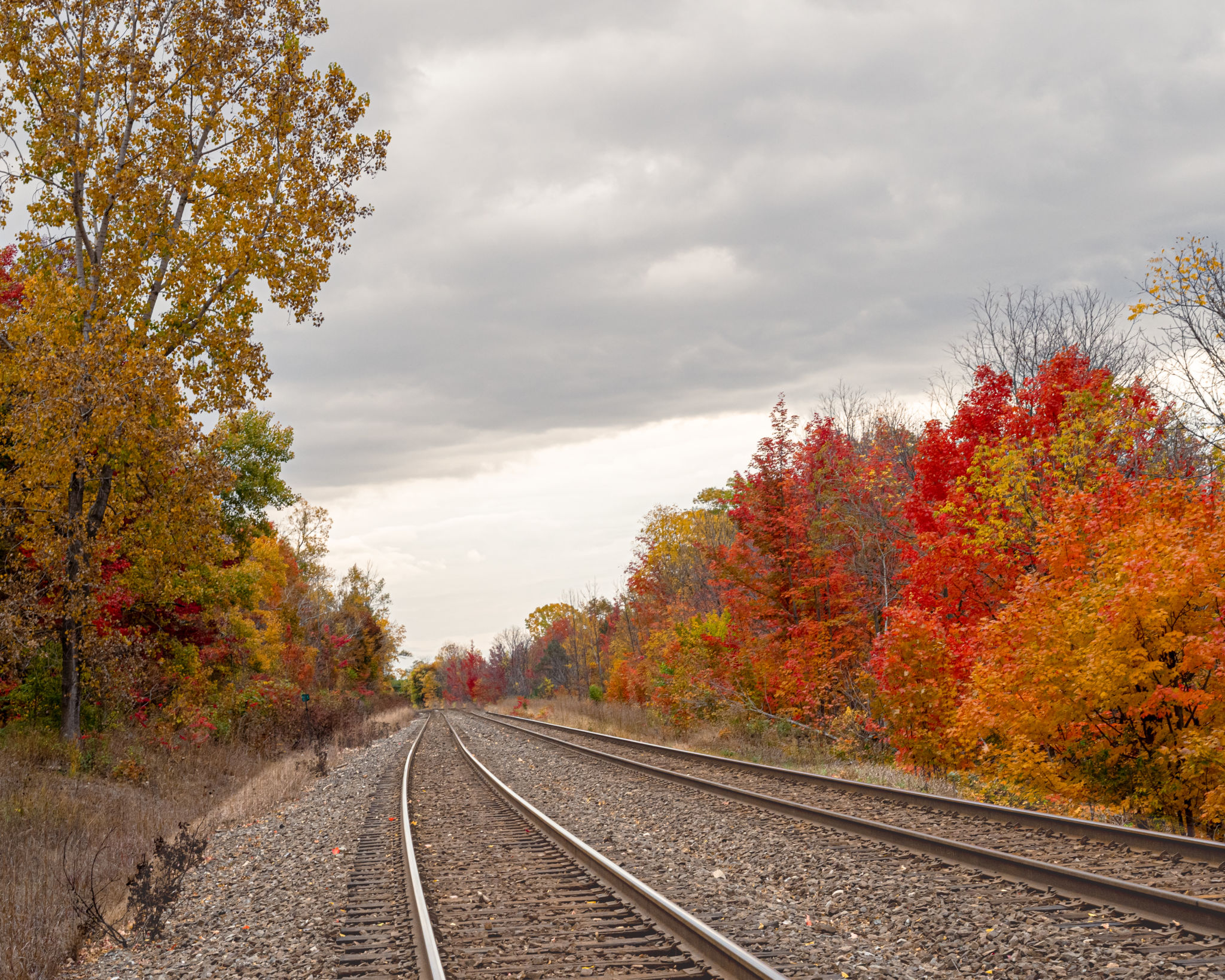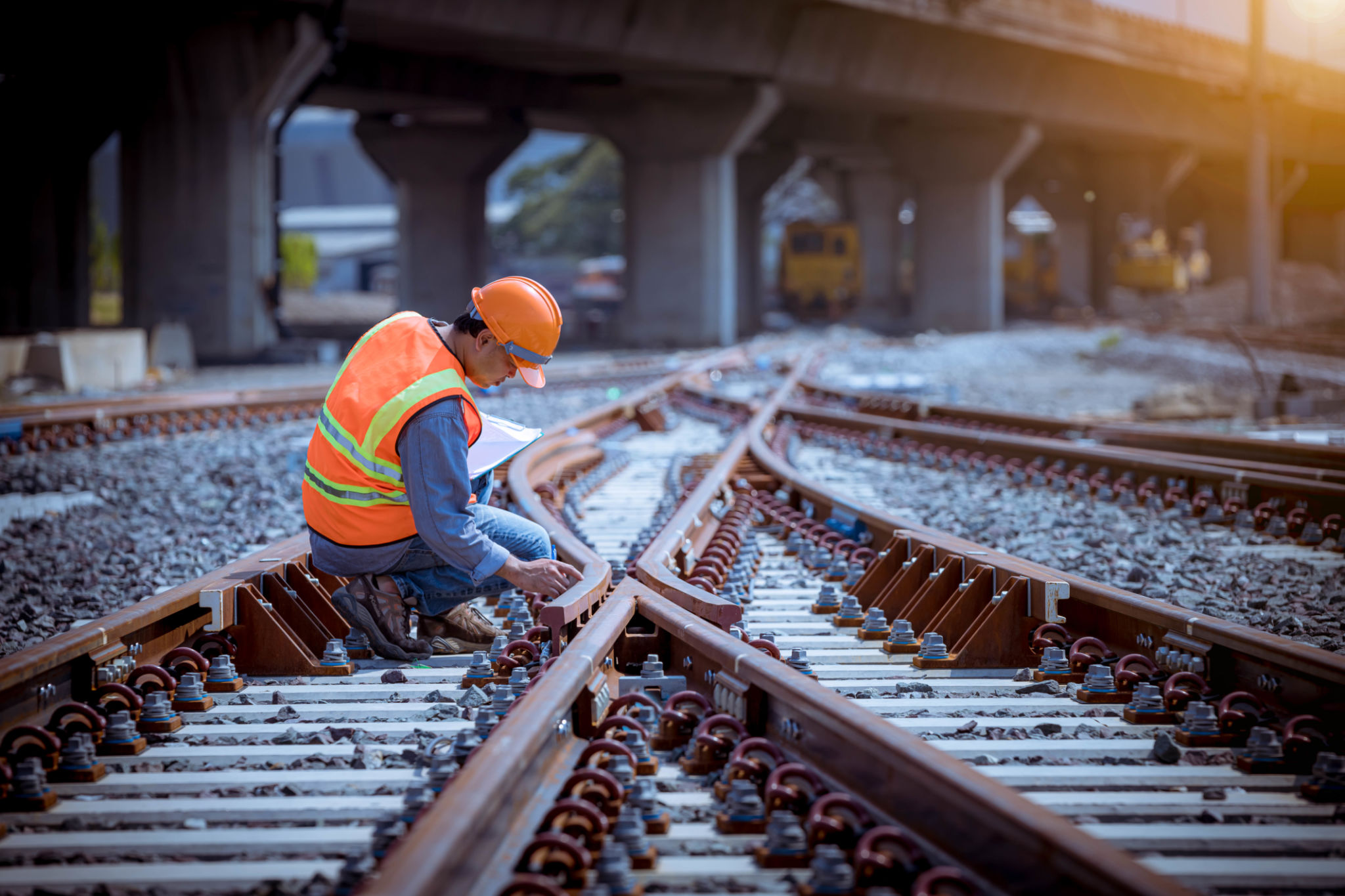Myth-Busting: Common Misconceptions About Railway Construction in Pulaski County
Introduction
Railway construction has always been a topic of intrigue and speculation, especially in areas like Pulaski County. Over the years, several myths and misconceptions have taken root, often leading to confusion and misinformation. In this blog post, we aim to debunk some of the most common myths about railway construction in Pulaski County.
Myth 1: Railway Construction Destroys Local Ecosystems
One of the most pervasive myths is that railway construction invariably leads to the destruction of local ecosystems. While it's true that any large-scale construction project has an environmental impact, modern railway construction techniques are designed to minimize this. Environmental assessments are conducted to ensure that the local flora and fauna are preserved as much as possible.
Moreover, many railway projects include compensatory measures such as the creation of new green spaces or the restoration of affected areas. These initiatives help to maintain the ecological balance and ensure that the benefits of the railway outweigh any potential drawbacks.

Myth 2: Railways Are Noisy and Disruptive
Another common misconception is that railways are incredibly noisy and cause significant disruption to nearby communities. While older railway systems may have been noisy, advancements in technology have led to the development of quieter trains and better soundproofing methods. Modern trains are designed to produce minimal noise, and sound barriers are often installed in residential areas to further reduce any potential disturbance.
Additionally, construction companies work closely with local communities to schedule construction activities during times that are least disruptive, ensuring that the impact on daily life is minimized.
Myth 3: Railway Construction Takes Forever
Many people believe that railway construction is a never-ending process that drags on for years. While it's true that large infrastructure projects can take time, advancements in construction techniques and project management have significantly reduced the time required. Efficient planning and the use of modern machinery enable faster completion of projects without compromising on quality.

Myth 4: Railways Are Obsolete
In an age where air travel and highways dominate, some people think that railways are an outdated mode of transportation. However, this couldn't be further from the truth. Railways are an essential part of a sustainable transportation network. They offer a more environmentally friendly alternative to road and air travel, reducing carbon emissions and traffic congestion.
Moreover, with the advent of high-speed trains and improved connectivity, railways are becoming increasingly popular for both freight and passenger transport. Investing in railway infrastructure is a forward-thinking move that benefits the community and the environment.
Myth 5: Railways Lower Property Values
There's a common fear that living near a railway will lower property values. However, studies have shown that proximity to a well-maintained and efficiently run railway can actually increase property values. Railways provide convenient transportation options, making areas more attractive to potential buyers and investors.

Conclusion
It's important to separate fact from fiction when it comes to railway construction in Pulaski County. By understanding the realities and benefits of modern railway projects, communities can make informed decisions and support initiatives that promote sustainable development. Railways are not just a relic of the past; they are a vital part of our future transportation network.
We hope this myth-busting guide has helped clear up some common misconceptions and provided a clearer picture of what railway construction truly entails.
